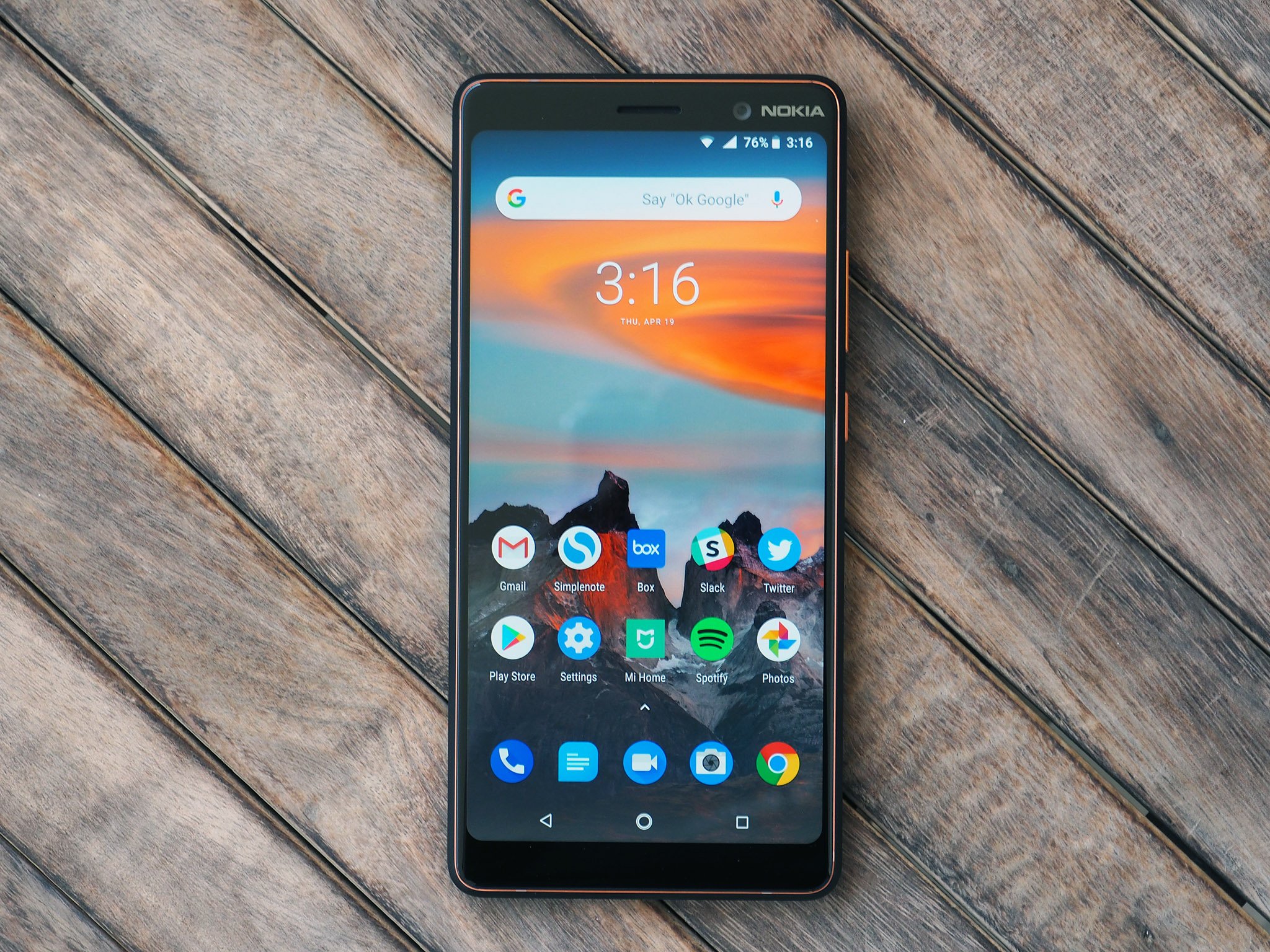No, the Nokia 9 PureView doesn't count.
HMD Global has been making Android phones under the Nokia brand for over two and a half years now, and in that time it has established itself as a favorite among those seeking a clean Android experience. HMD teamed up with Google early on, committing to Android One on all its phones. Doing so allowed Nokia to get up and running without investing too much time and resources into making its own skin, leaving more time for launching new devices.
The brand has been busy during that time: HMD has launched 25 Nokia-branded Android phones to date, and while a few were re-branded variants for global markets, that is a lot of phones in just over 30 months. HMD has largely focused on the budget segment in emerging markets like India and China, two countries where the Nokia name still has a strong pull. While some Nokia phones made their way to the UK and U.S., the brand's primary focus continues to be on Asian markets.
HMD hasn't been able to build on the success of the Nokia 7 Plus and the Nokia 8.1.
HMD has launched several great products over the last two years, but it looks like that initial momentum has dried up. There haven't been any noteworthy devices this year aside from iterative updates and a flagship that doesn't quite work. That's in stark contrast to last year, when HMD rolled out the Nokia 7 Plus and followed it up with the Nokia 8.1.
The Nokia 7 Plus was one of the best phones of 2018. It showcased HMD's best traits — classic industrial design, great internal hardware, and clean Android — and was a clear indicator of the brand's resurgence under Android. It's no wonder, then, that the device sold remarkably well in the markets where it was available. The fact that it wasn't officially sold in the U.S. was a travesty.
HMD launched the Nokia 8.1 soon after, switching to a glass design and updated internal hardware. But it has been nearly a year since the launch of the Nokia 8.1, and we're yet to see a decent mid-range option that builds on the Nokia 8.1. HMD instead unveiled the Nokia 7.2 earlier this month at IFA, with the phone running the same Snapdragon 660 chipset as the Nokia 7 Plus.
Sure, HMD's strategy hasn't been about offering the most robust specs — just like Google — but making the most out of that hardware. Still, there's no excuse for launching a phone at the end of 2019 with a chipset that's nearly three years old, when the competition is fielding flagship-level hardware in the same segment. HMD needs to follow up and deliver a device that can take on the likes of Xiaomi and OnePlus. Being a bit-part player just doesn't cut it anymore, and the Finnish manufacturer needs to take a good look at its strategy going forward.
HMD needs to succeed, because there isn't another company making budget Android One phones.
HMD as a company needs to succeed because there aren't enough manufacturers focusing on Android One. Xiaomi rolls out one device a year, but no other brand offers anywhere close to the range of devices running Android One as HMD. With Motorola fading into obsolescence, HMD Global is now the flag-bearer for the Android One program. If you need a budget phone with clean Android, Nokia phones are the default choice.
That's why it's so frustrating to see HMD continue to roll out iterative updates. Its big bet with the Nokia 9 PureView didn't pay off, and it now feels like the brand is content to just rehash older designs with little to no changes. That is a disservice to the Nokia name — a brand that has long been associated with some of the boldest designs we've seen over the decades. Sure, some of those devices failed to hit the mark, but at least Nokia was willing to experiment, and more often than not it found a winning formula.
That's what HMD needs to deliver: it already manages to stand out on the software front; now it needs to rekindle some of that hardware brilliance that made the Nokia name great.


0 Response to "You Can See More: HMD needs to make a good phone in 2019 for the Nokia brand to succeed"
Post a Comment